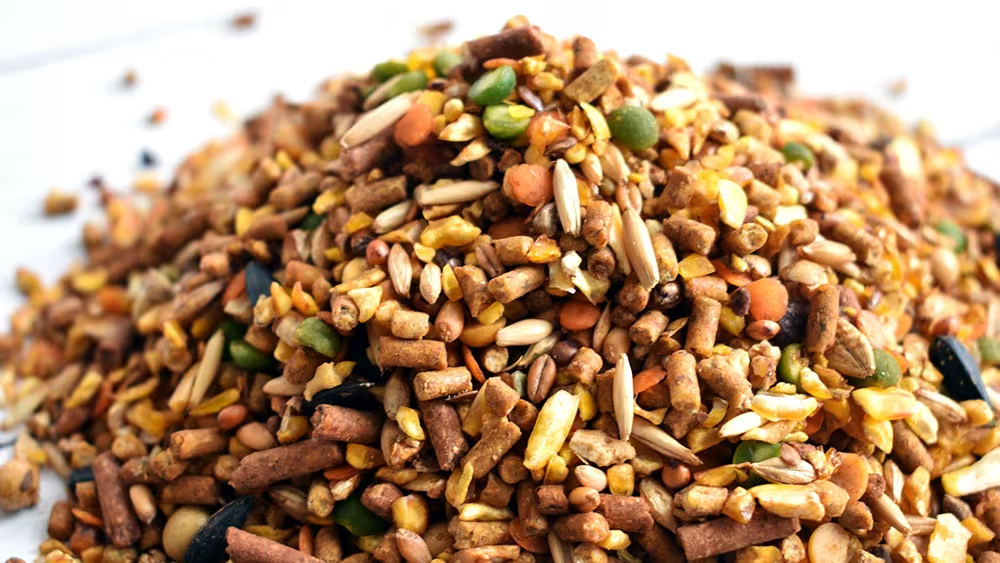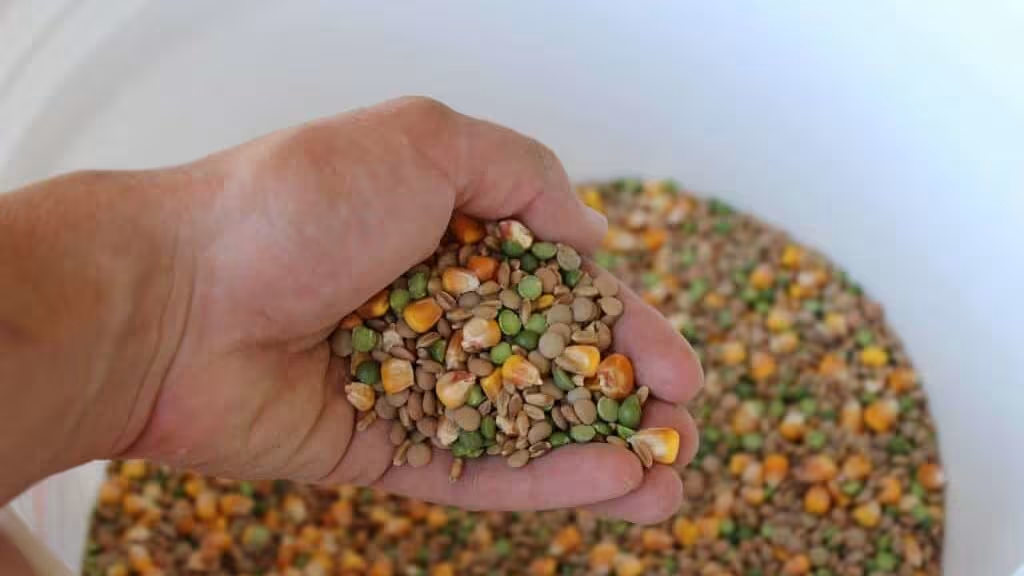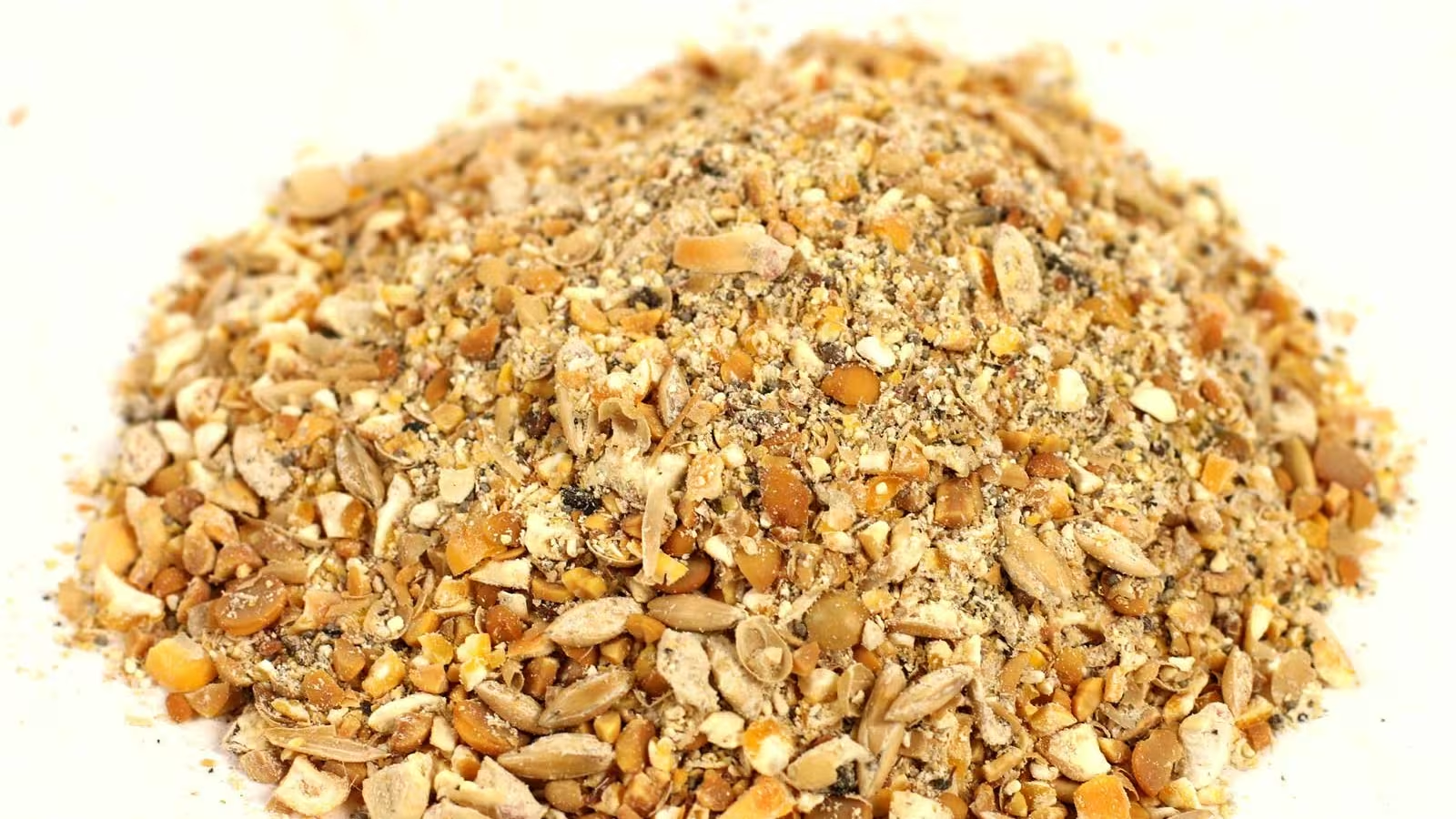
Nourish Your Livestock with Our Easy Mixed Corn Feed Recipe
Written by Jessica Lopez
Published at 20-09-2022
Edited on 02/17/2025 | 09:05 PM
Snack RecipesCourse: Main Dish
Cuisine: American
Difficulty: Easy
Servings
4-6 servings
Prep Time
15 minutes
Cooking Time
30 minutes
Total Time
45 minutes
Fat
10g
Protein
8g
Carbs
45g
Calories
320 kcal
Are you looking for a nutritious and cost-effective way to feed your livestock? Look no further! Our mixed corn feed recipe is here to revolutionize the way you nourish your animals. Corn is a staple in animal feed due to its high energy content, and when combined with other wholesome ingredients, it becomes an unbeatable source of nutrition. This recipe is not only simple to make but also customizable to fit the specific needs of your farm animals, whether it be chickens, pigs, or cattle. When you make your own mixed corn feed, you have complete control over the ingredients, ensuring that your livestock receive the best possible nutrition without any additives or fillers.
Plus, you can save money while giving your animals a diet that promotes better health and growth. Our recipe includes a blend of corn, protein sources, vitamins, and minerals, providing a well-rounded diet that will keep your animals happy and thriving. Whether you're a seasoned farmer or just starting out, this mixed corn feed recipe is perfect for everyone. It’s easy to prepare, requires minimal equipment, and can be scaled to fit your needs.
Join the growing community of conscious animal caretakers who are choosing homemade feed for their livestock. With just a few simple ingredients, you can create a balanced diet that supports the health and productivity of your animals. Ready to get started? Let’s dive into the deliciously simple world of mixed corn feed and ensure your livestock are getting the very best!.


